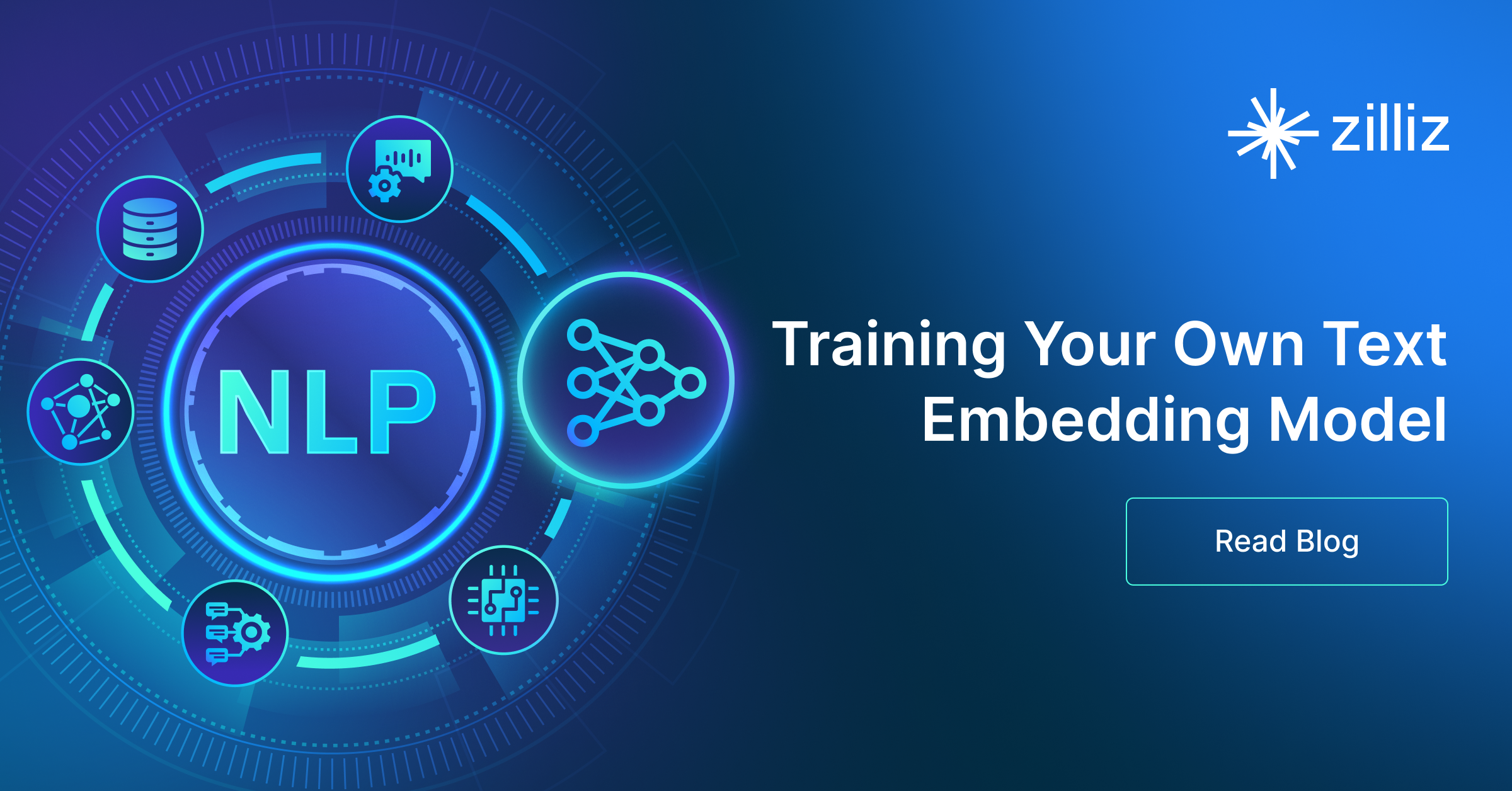
Microsoft / e5-large-v2

Task: Embedding
Modality: Text
Similarity Metric: Any (Normalized)
License: Apache 2.0
Dimensions: 1024
Max Input Tokens: 512
Price: Free
Introduction to the e5-large-v2 embedding model
e5-large-v2 is an enhanced version of the e5-base-v2 model, providing superior performance in various natural language processing (NLP) tasks, including semantic search, retrieval augmented generation (RAG) and clustering. It is also based on weakly-supervised contrastive pre-training and is particularly effective for handling messy data and short queries that return medium-length passages of text.
The model requires input texts to be prefixed with "query: " for queries and "passage: " for passages. It can be utilized through libraries such as Hugging Face's Transformers and Sentence Transformers, allowing for easy integration into applications.
Comparing e5-large-v2 and e5-base-v2:
| Feature/Capability | e5-base-v2 | e5-large-v2 |
| Layers | 12 | 24 |
| Embedding Size | 768 | 1024 |
| Max Tokens | 512 | 512 |
| Performance | Good for general text embedding tasks | Strong performance on benchmarks like BEIR and MTEB, often outperforming smaller models |
| Input Prefix Requirement | "query: " for queries, "passage: " for passages | "query: " for queries, "passage: " for passages |
How to create vector embeddings with the e5-large-v2 model
There are two primary ways to create vector embeddings:
- PyMilvus: the Python SDK for Milvus that seamlessly integrates the
e5-large-v2model. - SentenceTransformer library: the Python library
sentence-transformer.
Once the vector embeddings are generated, they can be stored in Zilliz Cloud (a fully managed vector database service powered by Milvus) and used for semantic similarity search. Here are four key steps:
- Sign up for a Zilliz Cloud account for free.
- Set up a serverless cluster and obtain the Public Endpoint and API Key.
- Create a vector collection and insert your vector embeddings.
- Run a semantic search on the stored embeddings.
Generate vector embeddings via PyMilvus and insert them into Zilliz Cloud for semantic search
from pymilvus.model.dense import SentenceTransformerEmbeddingFunction
from pymilvus import MilvusClient
ef = SentenceTransformerEmbeddingFunction("intfloat/e5-large-v2")
docs = [
"Artificial intelligence was founded as an academic discipline in 1956.",
"Alan Turing was the first person to conduct substantial research in AI.",
"Born in Maida Vale, London, Turing was raised in southern England."
]
# Generate embeddings for documents
docs_embeddings = ef(docs)
queries = ["When was artificial intelligence founded",
"Where was Alan Turing born?"]
# Generate embeddings for queries
query_embeddings = ef(queries)
# Connect to Zilliz Cloud with Public Endpoint and API Key
client = MilvusClient(
uri=ZILLIZ_PUBLIC_ENDPOINT,
token=ZILLIZ_API_KEY)
COLLECTION = "documents"
if client.has_collection(collection_name=COLLECTION):
client.drop_collection(collection_name=COLLECTION)
client.create_collection(
collection_name=COLLECTION,
dimension=ef.dim,
auto_id=True)
for doc, embedding in zip(docs, docs_embeddings):
client.insert(COLLECTION, {"text": doc, "vector": embedding})
results = client.search(
collection_name=COLLECTION,
data=query_embeddings,
consistency_level="Strong",
output_fields=["text"])
For more information, refer to our PyMilvus Embedding Model documentation.
Generate vector embeddings via SentenceTransformer library and insert them into Zilliz Cloud for semantic search
from sentence_transformers import SentenceTransformer
from pymilvus import MilvusClient
model = SentenceTransformer("intfloat/e5-large-v2")
docs = [
"Artificial intelligence was founded as an academic discipline in 1956.",
"Alan Turing was the first person to conduct substantial research in AI.",
"Born in Maida Vale, London, Turing was raised in southern England."
]
# Generate embeddings for documents
docs_embeddings = model.encode(docs, normalize_embeddings=True)
queries = ["When was artificial intelligence founded",
"Where was Alan Turing born?"]
# Generate embeddings for queries
query_embeddings = model.encode(queries, normalize_embeddings=True)
# Connect to Zilliz Cloud with Public Endpoint and API Key
client = MilvusClient(
uri=ZILLIZ_PUBLIC_ENDPOINT,
token=ZILLIZ_API_KEY)
COLLECTION = "documents"
if client.has_collection(collection_name=COLLECTION):
client.drop_collection(collection_name=COLLECTION)
client.create_collection(
collection_name=COLLECTION,
dimension=1024,
auto_id=True)
for doc, embedding in zip(docs, docs_embeddings):
client.insert(COLLECTION, {"text": doc, "vector": embedding})
results = client.search(
collection_name=COLLECTION,
data=query_embeddings,
consistency_level="Strong",
output_fields=["text"])
For more information, refer to SentenceTransformer documentation.
- Introduction to the e5-large-v2 embedding model
- How to create vector embeddings with the e5-large-v2 model
Content
Seamless AI Workflows
From embeddings to scalable AI search—Zilliz Cloud lets you store, index, and retrieve embeddings with unmatched speed and efficiency.
Try Zilliz Cloud for Free

